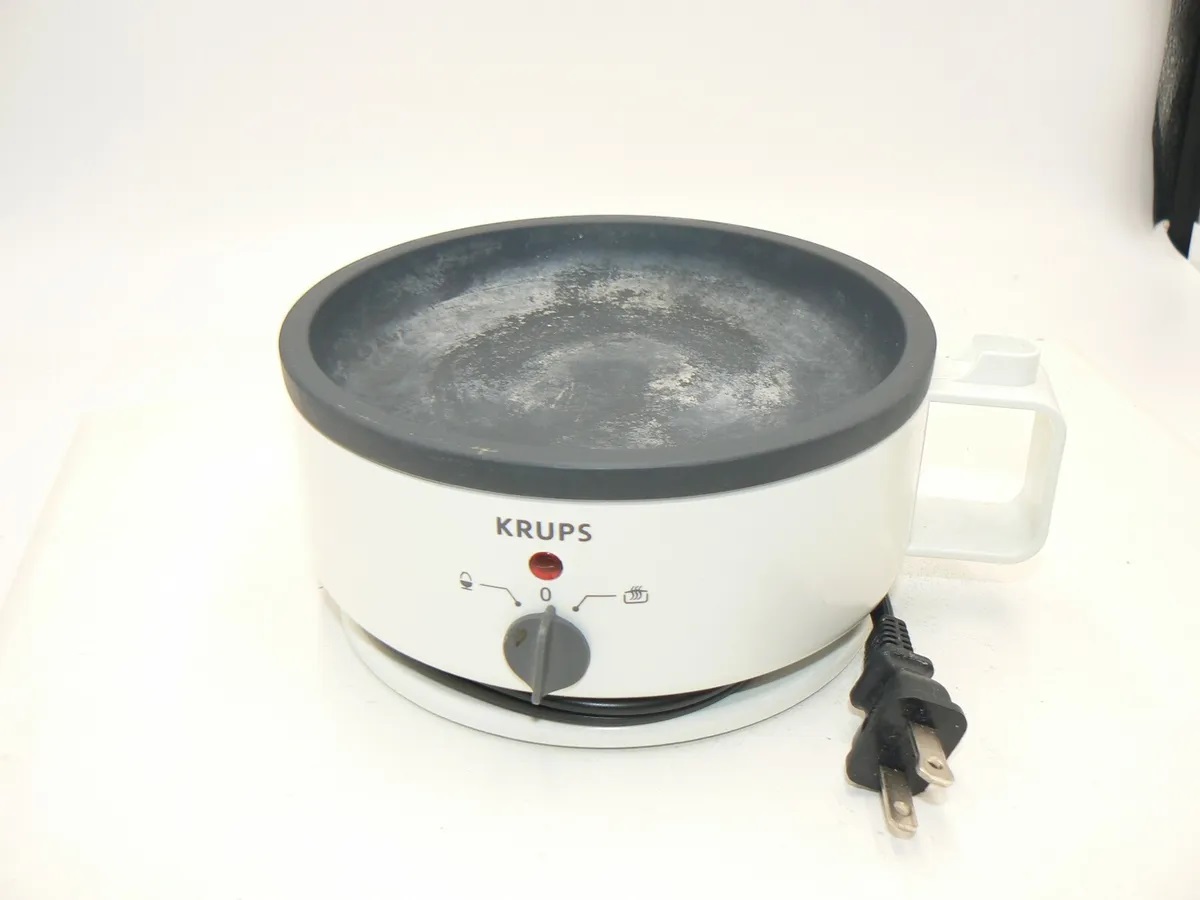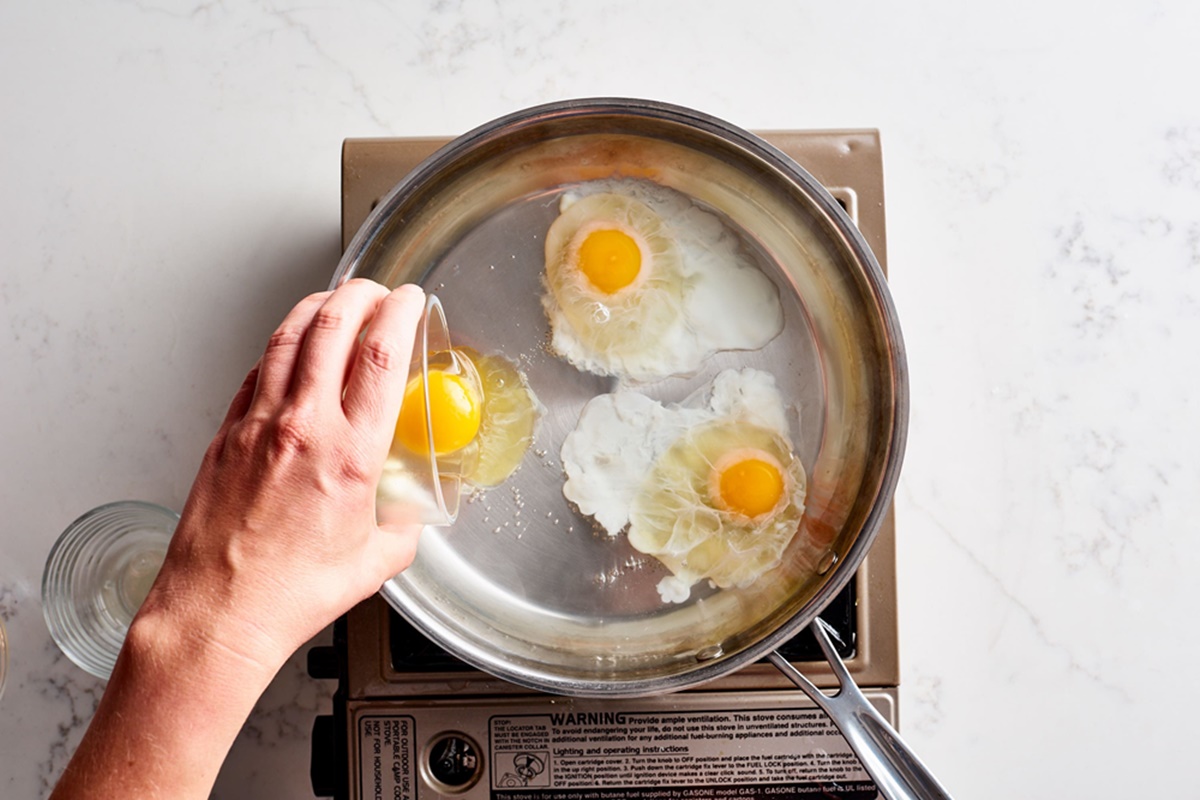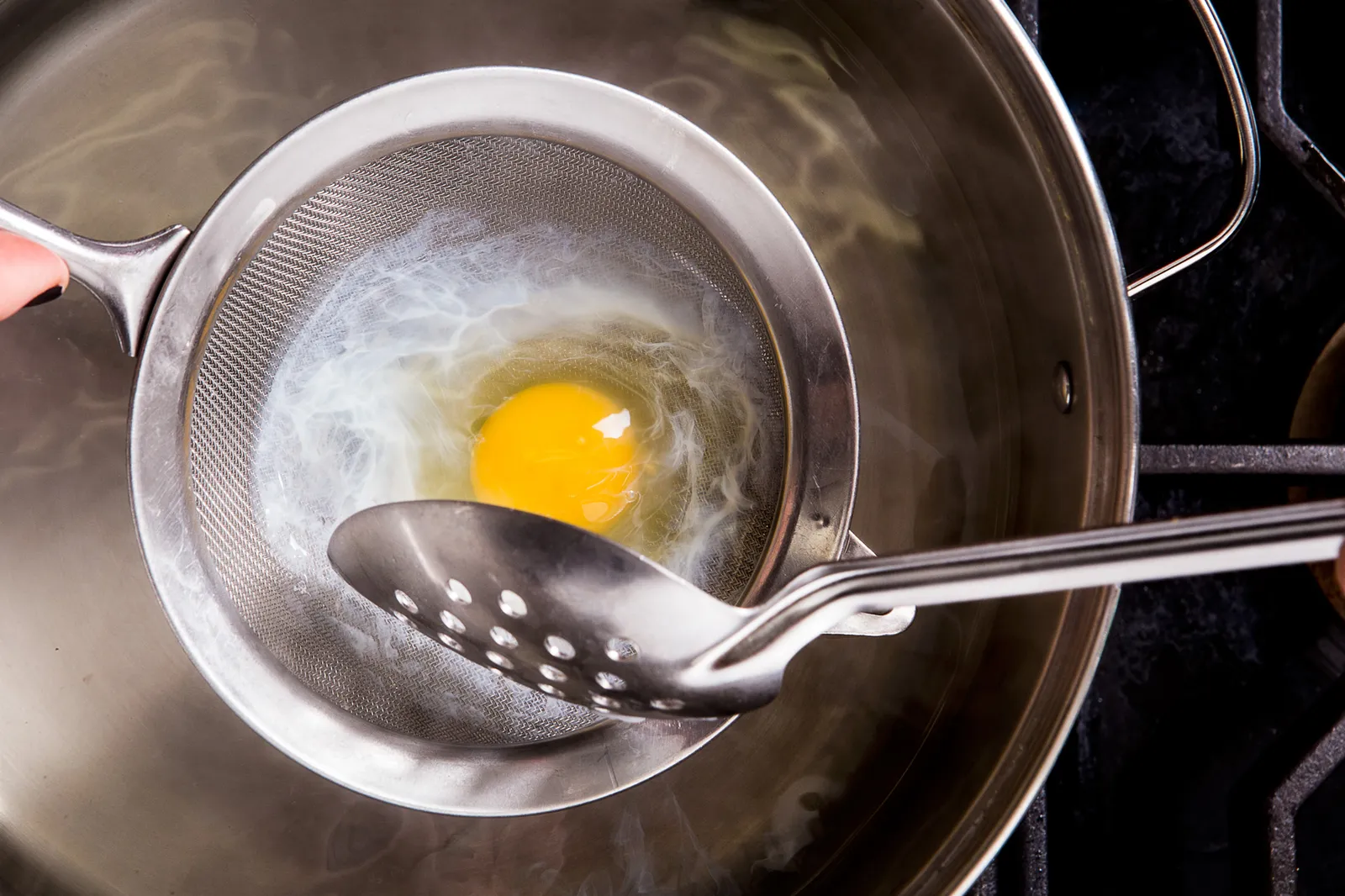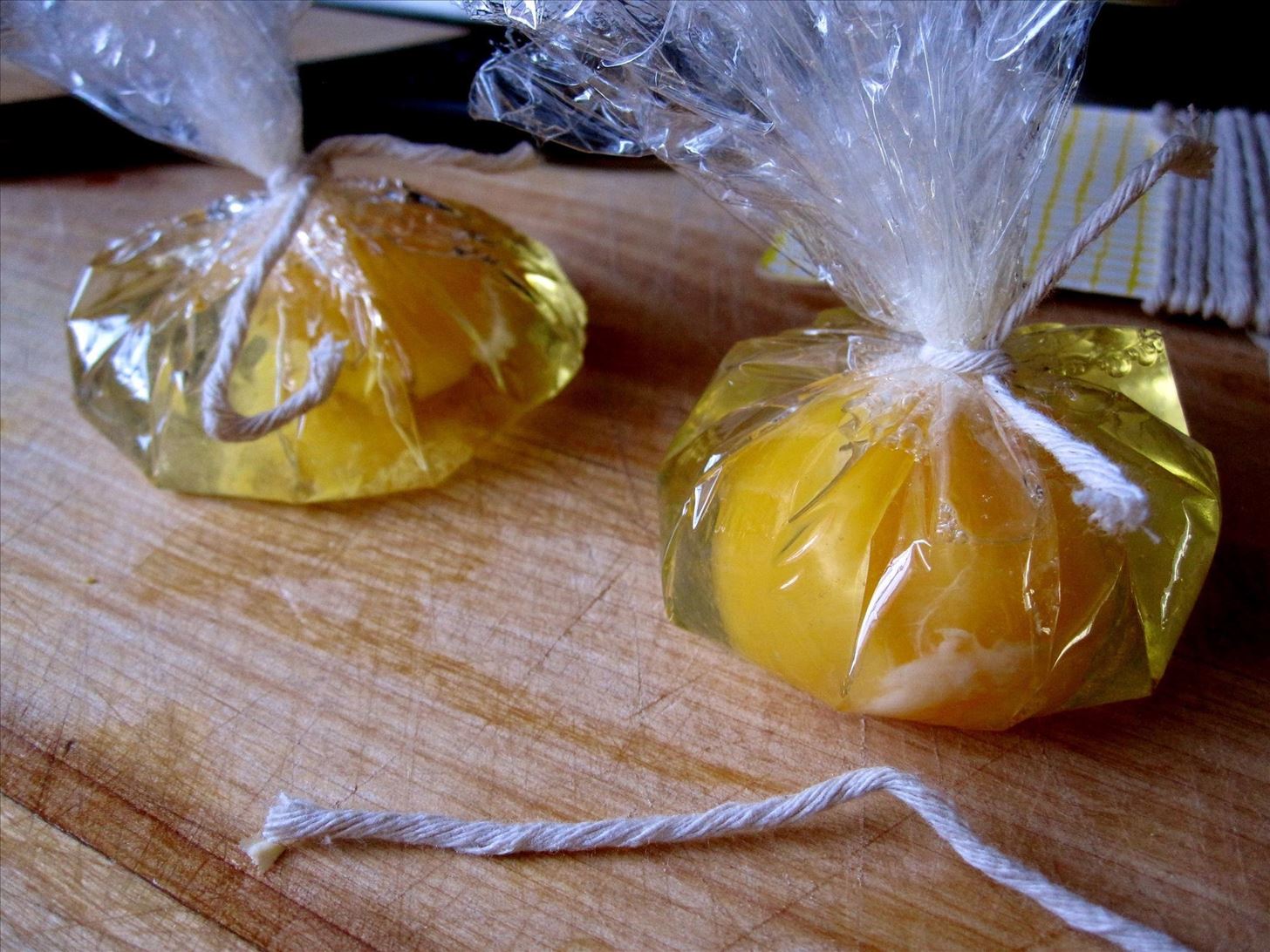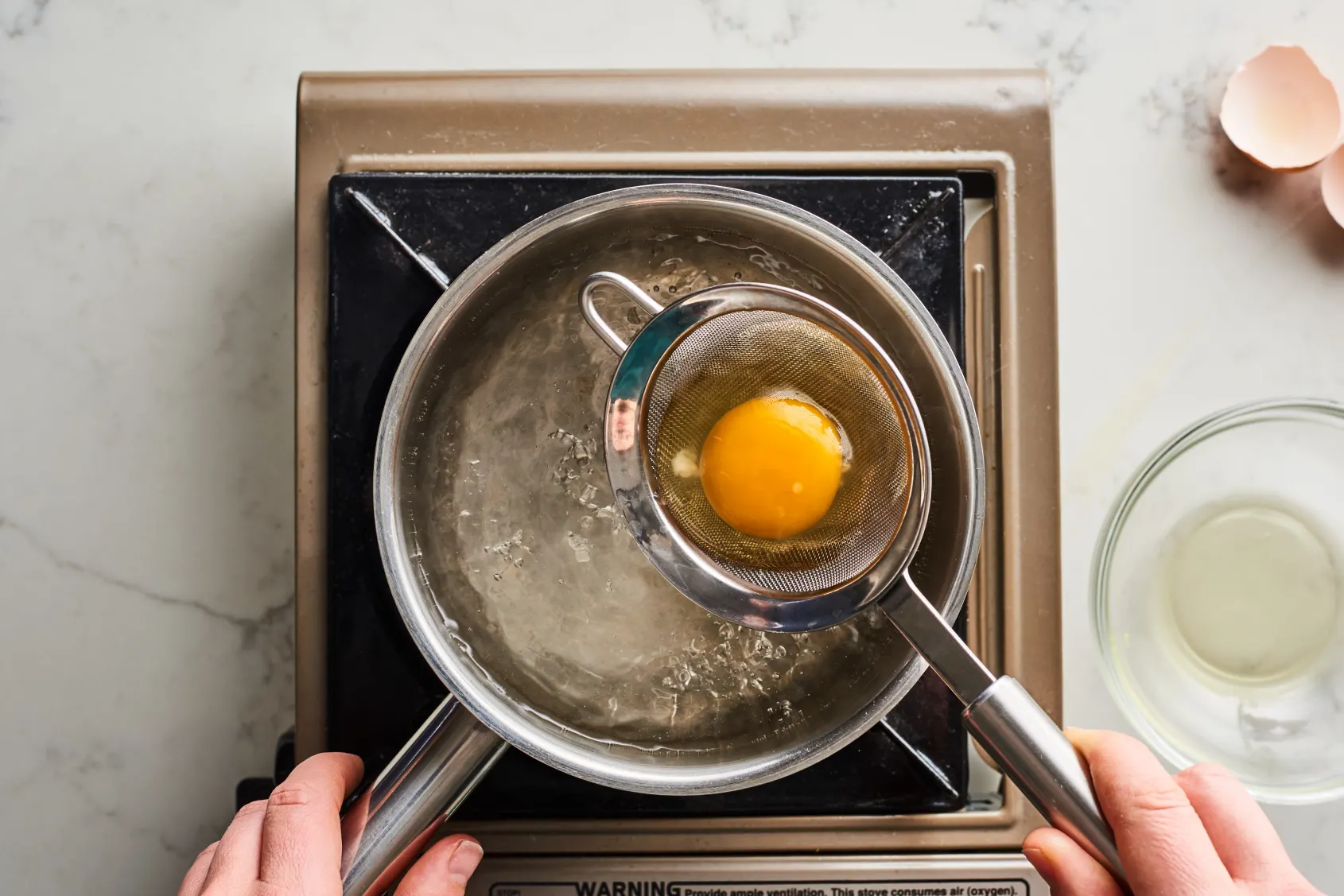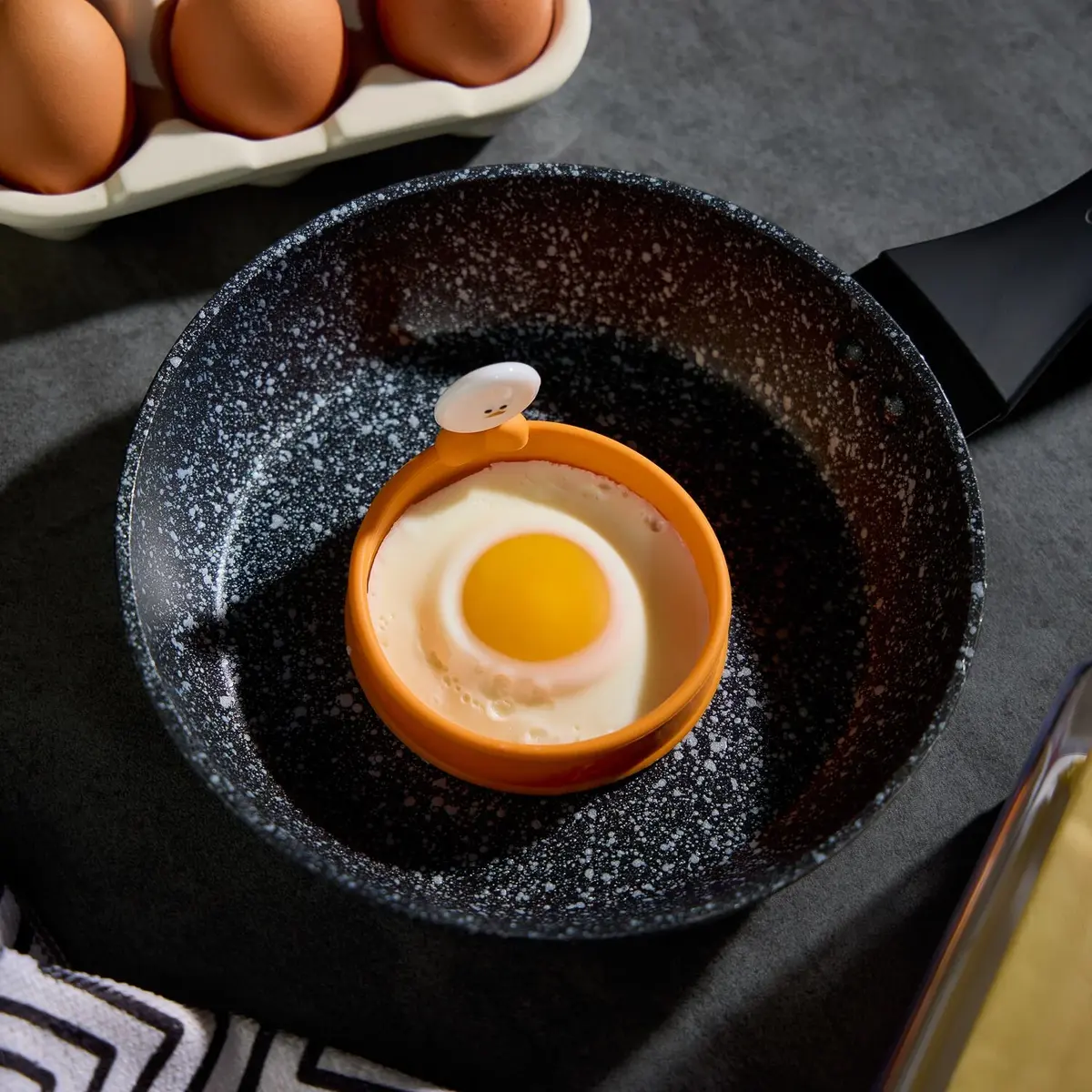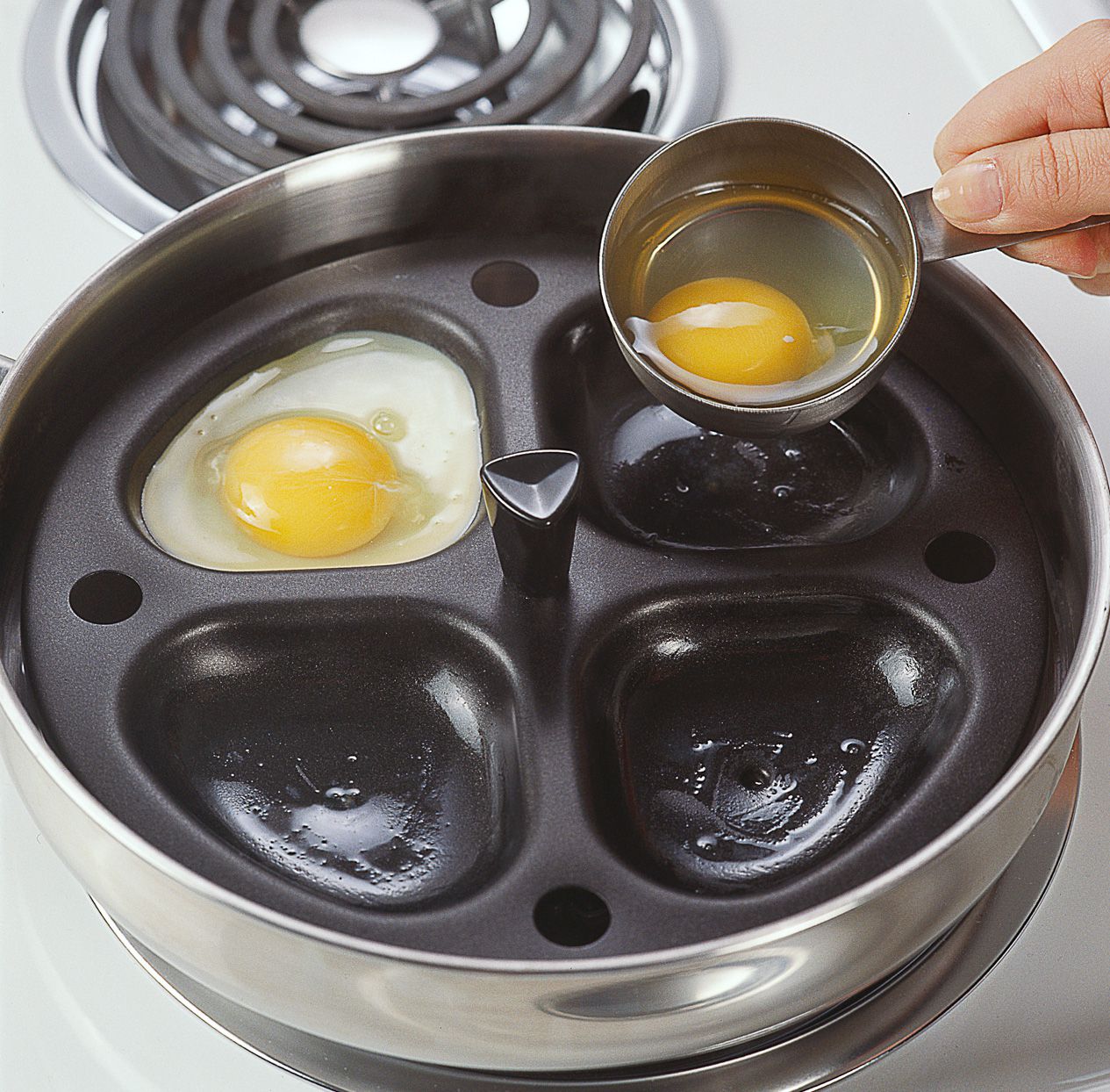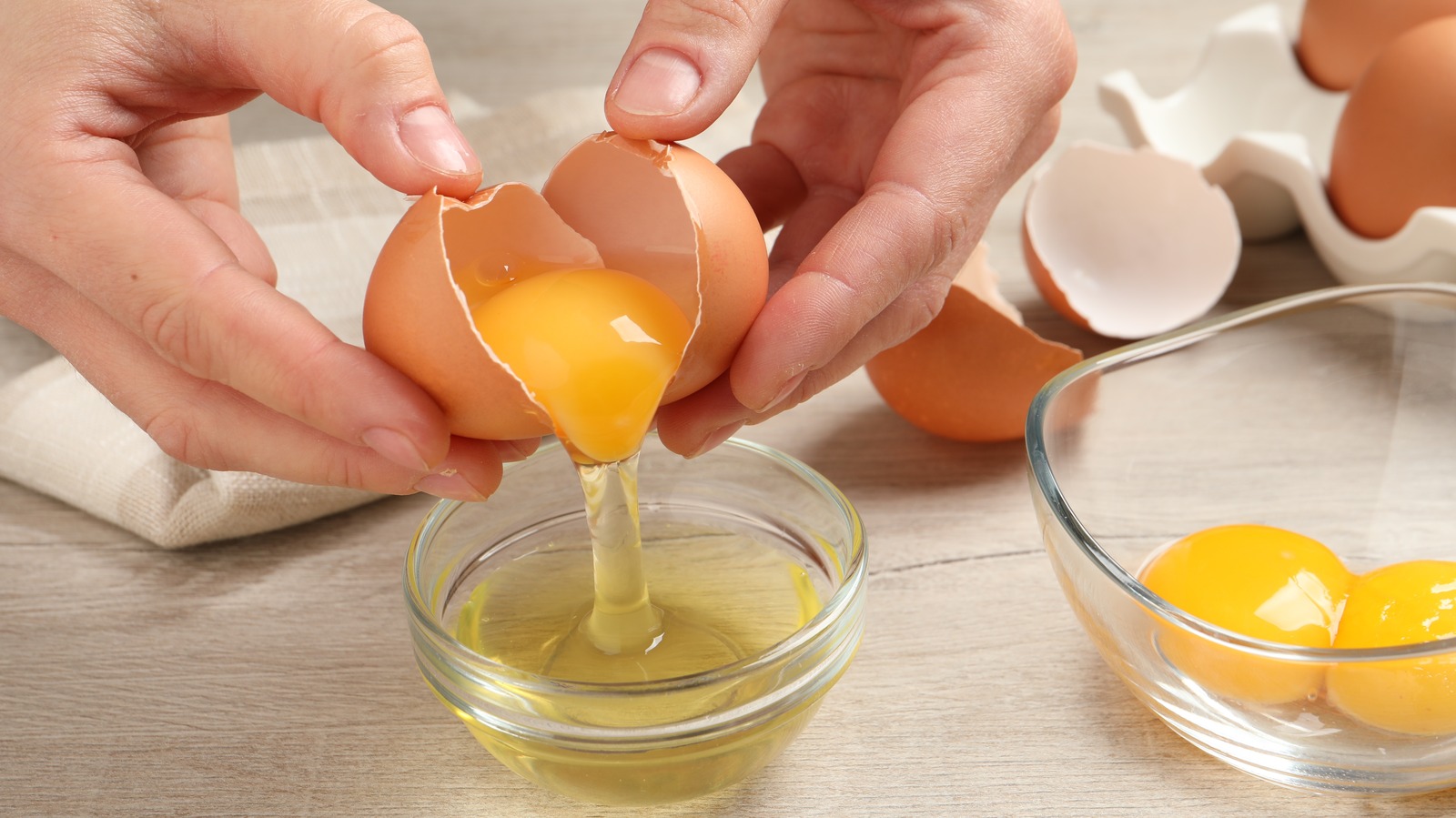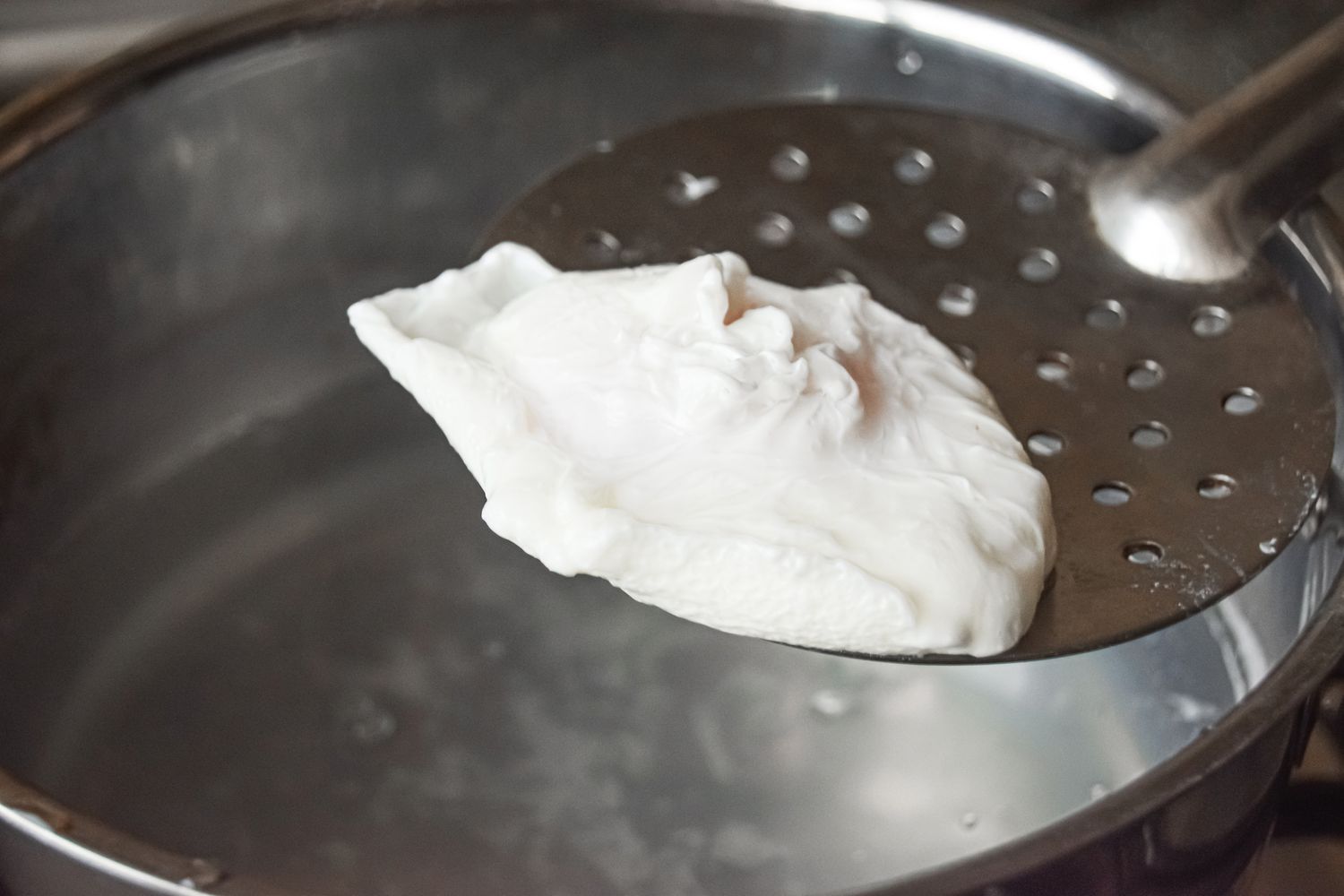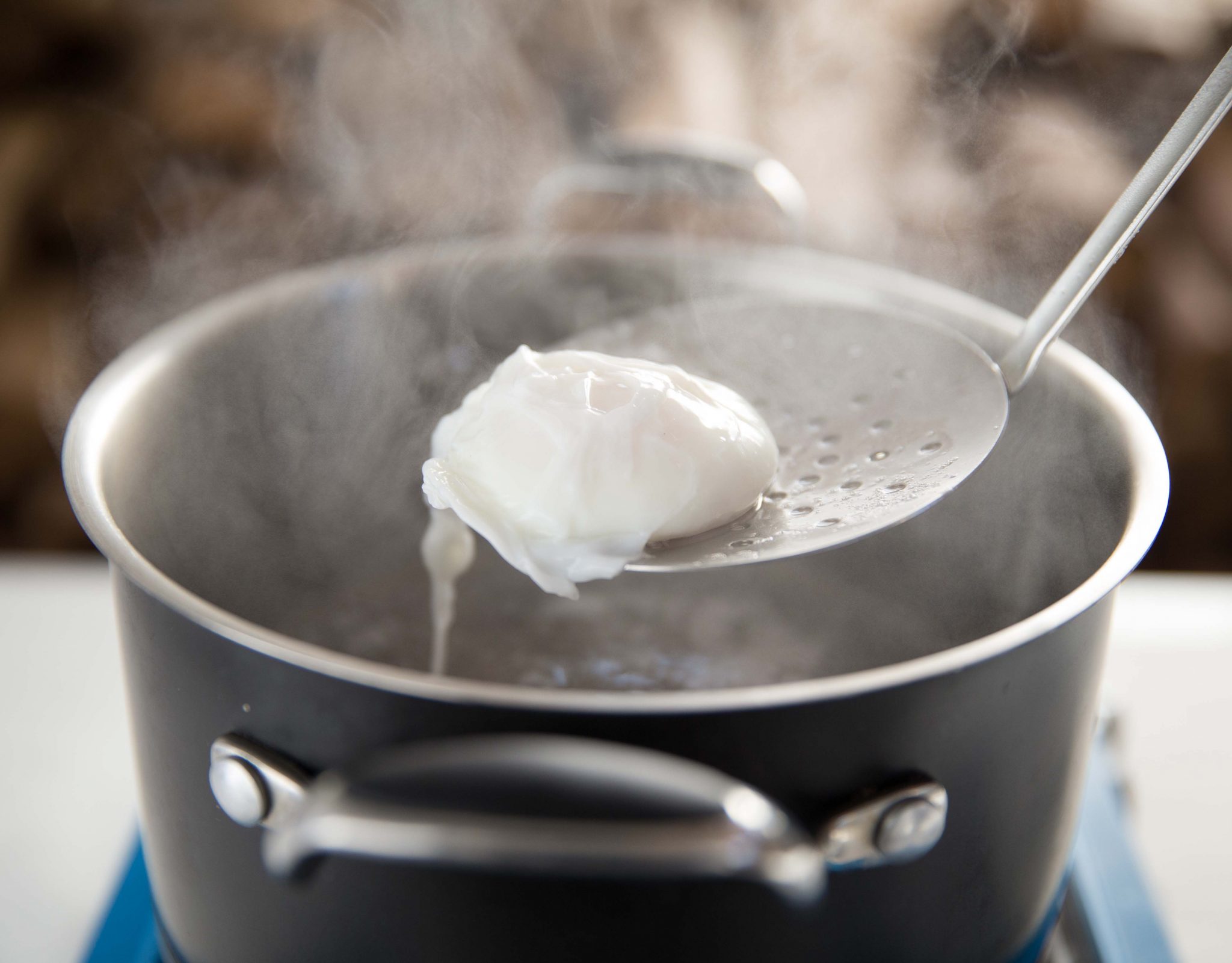How to Perfectly Poach Eggs in a Restaurant
If you love eggs benedict or a classic eggs florentine, then you know how important it is to have perfectly poached eggs. Poaching eggs in a restaurant setting can be a bit intimidating, but with the right technique and practice, you can master the art of poaching eggs to perfection.
The Importance of Poaching Eggs
Poaching eggs is a popular cooking method because it creates a delicate and silky texture with a runny yolk that adds a luxurious touch to many dishes. In a restaurant, the ability to consistently poach eggs to perfection is a valuable skill that can elevate the quality of the dishes being served.
Tips for Poaching Eggs in a Restaurant
Here are some tips to help you poach eggs like a pro in a restaurant setting:
1. Fresh Eggs Are Key
- Use the freshest eggs possible. Fresh eggs hold their shape better when poaching, resulting in a neater appearance.
2. Use the Right Equipment
- Use a wide, shallow pan to poach multiple eggs at once. This will help the eggs cook evenly and prevent them from sticking together.
3. Perfect the Swirl
- Before adding the eggs, swirl the water in the pan to create a vortex. This will help the egg whites wrap around the yolk, giving you a perfectly shaped poached egg.
4. Use Vinegar
- Adding a splash of vinegar to the poaching water can help the egg whites coagulate faster, resulting in a neater shape.
5. Timing is Everything
- Keep a close eye on the eggs as they poach. The perfect poached egg has a runny yolk and a set white. This usually takes about 3-4 minutes.
6. Practice Makes Perfect
- Like any skill, poaching eggs takes practice. The more you do it, the better you'll become at achieving consistent results.
The Perfect Poached Egg
A perfectly poached egg should have a soft, runny yolk and a tender, set white. When you cut into it, the yolk should flow out and create a delicious sauce for the dish it accompanies.
Conclusion
Mastering the art of poaching eggs in a restaurant setting takes time and practice, but the results are well worth the effort. With the right technique and attention to detail, you can consistently produce perfectly poached eggs that will elevate the quality of the dishes coming out of your kitchen. So, grab your eggs and get poaching!
For those looking to master the art of poaching eggs in a restaurant, there are several recipes that showcase this skill beautifully. The Classic Eggs Benedict Recipe is a must-try, as it pairs perfectly poached eggs with Canadian bacon and hollandaise sauce on an English muffin. If you're in the mood for something lighter, the Avocado Toast with Poached Egg Recipe offers a nutritious and delicious option. For a touch of elegance, the Eggs Florentine Recipe layers poached eggs on a bed of spinach with a creamy sauce. For a more exotic flair, the Shakshuka with Poached Eggs Recipe features poached eggs in a spiced tomato sauce, perfect for brunch. Lastly, the Poached Egg and Lentil Salad Recipe combines protein-packed lentils with a perfectly poached egg for a hearty and healthy meal. These recipes not only teach you how to poach eggs but also provide a variety of flavors and dishes to impress your diners.
1. Using fresh eggs: Fresh eggs hold their shape better when poaching.
2. Bringing water to a gentle simmer: The water should not be boiling, as this can cause the eggs to break apart.
3. Adding a splash of vinegar: Adding a small amount of vinegar to the water can help the egg whites to coagulate and hold their shape.
4. Gently cracking the eggs into the water: Carefully crack the eggs into the simmering water, ensuring they are not overcrowded.
5. Poaching for 3-4 minutes: Cook the eggs for 3-4 minutes until the whites are set but the yolks are still runny.
1. Using eggs that are not fresh: Older eggs are more likely to spread out in the water rather than holding their shape.
2. Boiling the water: Boiling water can cause the eggs to break apart, leading to a less desirable poached egg.
3. Not adding vinegar: The vinegar helps the egg whites to coagulate, so omitting it can result in eggs that do not hold their shape.
4. Overcrowding the pot: Adding too many eggs to the pot at once can cause them to stick together and cook unevenly.
5. Overcooking the eggs: Leaving the eggs in the water for too long can result in overcooked, rubbery eggs.
1. Train kitchen staff: Proper training on the poaching technique and best practices can help maintain consistency.
2. Use a timer: Timing the poaching process ensures that all eggs are cooked for the same duration.
3. Quality control: Regularly checking the freshness of eggs and the temperature of the poaching water can help maintain consistency.
4. Standardized recipe: Having a standardized recipe for poaching eggs can help ensure that all kitchen staff follow the same method.
1. Eggs Benedict: A classic dish featuring poached eggs served on an English muffin with Canadian bacon and hollandaise sauce.
2. Poached egg on avocado toast: A popular and healthy brunch option that combines poached eggs with creamy avocado on toast.
3. Poached egg salad: Adding poached eggs to a fresh salad can provide a delicious and protein-rich topping.
4. Poached eggs with asparagus: Serving poached eggs alongside blanched asparagus and a drizzle of hollandaise sauce can create an elegant dish.
1. Use multiple pots: Utilizing several pots of simmering water allows for simultaneous poaching of multiple eggs.
2. Pre-crack eggs: Pre-cracking the eggs into individual small bowls can streamline the process of adding them to the water.
3. Work in batches: Poach eggs in batches, ensuring that each batch is cooked to perfection before moving on to the next.
4. Keep warm: After poaching, transfer the eggs to a warm water bath to keep them at the right temperature until they are ready to be served.
For those looking to master the art of poaching eggs in a restaurant, there are several recipes that showcase this skill beautifully. The Classic Eggs Benedict Recipe is a must-try, as it pairs perfectly poached eggs with Canadian bacon and hollandaise sauce on an English muffin. If you're in the mood for something lighter, the Avocado Toast with Poached Egg Recipe offers a nutritious and delicious option. For a touch of elegance, the Eggs Florentine Recipe layers poached eggs on a bed of spinach with a creamy sauce. For a more exotic flair, the Shakshuka with Poached Eggs Recipe features poached eggs in a spiced tomato sauce, perfect for brunch. Lastly, the Poached Egg and Lentil Salad Recipe combines protein-packed lentils with a perfectly poached egg for a hearty and healthy meal. These recipes not only teach you how to poach eggs but also provide a variety of flavors and dishes to impress your diners.
